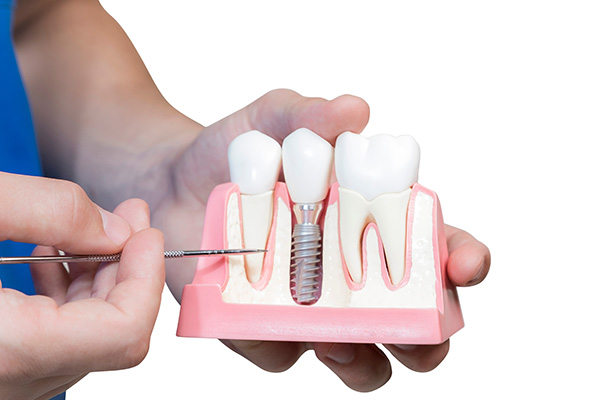 Dental restorations address decayed, weak, missing, and fractured teeth. Dentists use restorations to restore and replace entire teeth or parts of the tooth's structure. Cavities, or tooth decay, are among the top reasons for dental restoration. Cavities permanently damage the hard surface of the teeth. Decay may be caused by bacteria, sipping sugary drinks, frequent snacking, or poor dental hygiene.
Dental restorations address decayed, weak, missing, and fractured teeth. Dentists use restorations to restore and replace entire teeth or parts of the tooth's structure. Cavities, or tooth decay, are among the top reasons for dental restoration. Cavities permanently damage the hard surface of the teeth. Decay may be caused by bacteria, sipping sugary drinks, frequent snacking, or poor dental hygiene.
Which dental restorations prevent tooth decay?
There are various dental restorations a dentist can perform to address and prevent tooth decay. While brushing and flossing can help prevent cavities, they cannot always stop the advancement of decay.
Crowns
Dentists often use crowns to restore the size and shape of a tooth after a root canal procedure. However, dentists may also use crowns to protect teeth from further decay. Crowns involve placing a tooth-shaped cap over a tooth. Generally, the dentist takes an impression of the patient's tooth and sends the impression to the lab. Before the lab creates the final crown, patients receive a temporary crown or filling.
Patients may be able to choose from various materials. Some crown materials include:
- Porcelain
- Composite resin
- Ceramic
- Metal
- Zirconia
Porcelain is the most common material for a crown.
Fillings
Dental fillings are one of the most common ways to fix and restore teeth suffering from cavities. When cavities form holes in the enamel but do not affect the tooth's pulp, a dentist can fill the hole with material to protect it and restore the function of the tooth. In addition, fillings can help broken teeth and teeth that may be exposed to decay.
During a dental filling, the dentist examines the damage from the decay or erosion. A dentist may remove the affected area and insert filling material to restore the tooth's original shape and prevent decay. Fillings also come in various materials, such as composite resin, silver, gold alloy, and porcelain.
Sealants
Sealants are a type of dental restoration that takes the form of thin, plastic coatings. Dentists paint the coating onto the surface of the teeth, generally on the molars and premolars, for decay prevention. When used, the sealant bonds to the grooves and depressions in the teeth and form a protective shield.
Patients have difficulty removing food particles and plaque from the back teeth because of all the grooves. Brushing and flossing tend to be more effective on smooth teeth. A dentist seals the back teeth to create a smooth surface and protect it from decay by sealing out food and bacteria.
To apply sealant, dentists clean and dry the tooth. Next, the dentist applies an acid solution to roughen the teeth to help bond the sealant. After rinsing the teeth again, the dentist paints the sealant directly onto the enamel. In some instances, the dentist may use a curing light to help it harden.
Conclusion
Dental restorations can address a variety of issues caused by tooth decay. When left alone, cavities become worse and destroy the structure of the tooth. Crowns, fillings, and sealants can reduce further damage from cavities.
Request an appointment or call Hemet Dental Center: Brian Stiewel DDS, INC. at 951-707-4366 for an appointment in our Hemet office.
Recent Posts
At some time or another, most individuals will need dental restoration. Restoring teeth is necessary when the teeth are in poor condition due to decay or a lack of proper oral care. Modern dentistry offers a wide variety of options for dental restorations.There are so many fantastic alternatives when it comes to dental restorations that…
Dental restorations offer ways to preserve your teeth and take care of your oral health even when signs of decay begin to occur. A problem might start out as a very small cavity, but if you have not kept up with regular dental appointments and did not notice any pain, it is possible you may…
If you have ever gotten a filling or watched someone put in their dentures, you are familiar with the world of dental restorations. Although restorative dentistry focuses primarily on tooth and gum preservation, there is considerable overlap between dental and jaw health. As a result, dental restorations play a significant role in jaw restoration.To better…


